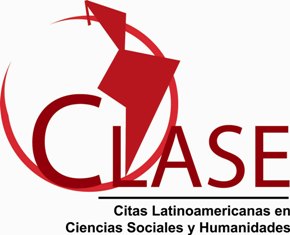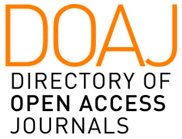Individualized periodization of Bondarchuk (Review)
Palabras clave:
sports; hammer throw; athletic performance; periodization.Resumen
Periodization is defined by Professor Doctor Antonio Carlos Gomes of Brazil as all the training process. In 1984 the Soviet of Ukrainian origin Bondarchuk elaborated the individualized periodization for the hammer throw athletes. Bondarchuk was Olympic champion of the hammer throw in 1972 and after the athlete period, Bondarchuk became hammer throw coach, the moment that he developed his periodization. This periodization is called individualized periodization because all the training structure is according to the adaptations of each athlete. This periodization is also called of integrator periodization model because the physical training and the technical and tactical training are elaborated during the same session and/or during the same exercise. This periodization has the development period of the sports form, the maintenance period of the sports form, and the rest period. The intensity is high with a mean of 85 to 90% and the volume has little change during the year. Bondarchuk informed that the peak in your periodization is in 2 to 8 months. The peak of the athlete depends on how the macrocycle is elaborate, of the level competitive of the athletes, what exercises the sportsman practices, and others. In conclusion, individualized periodization of Bondarchuk is content important for the coach to organize the training.
Descargas
Referencias
Costa, I. (2013). Los modelos de planificación del entrenamiento deportivo del siglo XX. Revista Electrónica de Ciencia Aplicadas al Deporte, 6(22), 1-9.
Dias, H., Zanetti, M., Figueira Junior, A., Marin, D., Montenegro, C., Carneiro, Y., Polito, L. (2016). Evolução histórica da periodização esportiva. Revista Corpoconsciência, 20(1), 67-79.
Gomes, A. (2002). Treinamento desportivo: estruturação e periodização. Porto Alegre: Artmed.
Issurin, V. (2010). New horizons for the methodology and physiology of training periodization. Sports Medicine, 40(3), 189-206.
Issurin, V. (2014). Periodization training from ancient precursors to structured block models. Kinesiology, 46(S1), 3-9.
Marques Junior, N. (2018). Planificación del entrenamiento deportivo de José Padilla: um livro sobre a periodização clássica. Revista Observatório del Deporte, 4(1), 68-75.
Marques Junior, N. (2017). A revolução russa e o desenvolvimento da periodização esportiva na União Soviética. Revista Inclusiones, 4(especial), 110-127.
Montero, A. (2019). Sports training in Ancient Greece and its supposed modernity. Journal of Human Sport and Exercise, -(-), 1-14.
Padilla, J. (2017). Planificación del entrenamiento deportivo: un enfoque metodológico de la estructura clásica. Barinas: Episteme.
Silva, F (2000). Planejamento e periodização do treinamento desportivo: mudanças e perspectivas. Revista Brasileira de Fisiologia do Exercício, 1(1), 29-47.
Manso J, Valdivielso M, Caballero J (1996). Planificación del entrenamiento deportivo. Madrid: Gymnos.
Matveev, L. (1977). Periodización del entrenamiento deportivo. Madrid: INEF.
Matveev, L. (1997). Treino desportivo: metodologia e planejamento. Guarulhos: Phorte.
Zakharov, A. (1992). Ciência do treinamento desportivo. Rio de Janeiro: GPS.

































